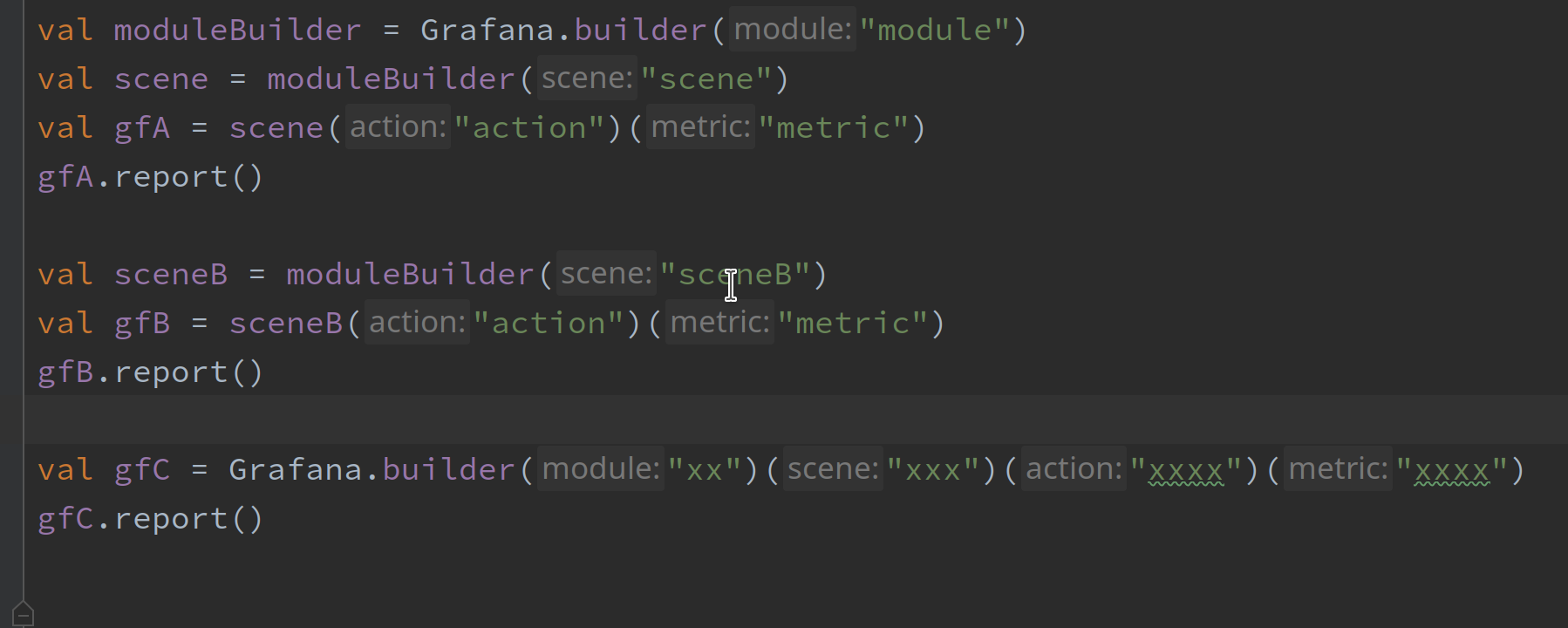Hi I am a newbie in the Kotlin world. I like what I see so far and started to think to convert some of our libraries we use in our application from Java to Kotlin.
These libraries are full of Pojos with setters, getters and Builder classes. Now I have googled to find what is the best way to implement Builders in Kotlin but no success.
2nd Update: The question is how to write a Builder design-pattern for a simple pojo with some parameters in Kotlin? The code below is my attempt by writing java code and then using the eclipse-kotlin-plugin to convert to Kotlin.
class Car private constructor(builder:Car.Builder) {
var model:String? = null
var year:Int = 0
init {
this.model = builder.model
this.year = builder.year
}
companion object Builder {
var model:String? = null
private set
var year:Int = 0
private set
fun model(model:String):Builder {
this.model = model
return this
}
fun year(year:Int):Builder {
this.year = year
return this
}
fun build():Car {
val car = Car(this)
return car
}
}
}


modelandyearto be mutable? Do you change them after aCarcreation? – GirandBuilderpattern. – Dishwater